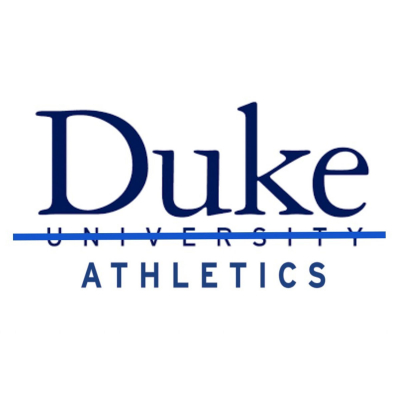
On most college and university campuses, there is an evident gap between varsity athletes and non-athletes. Part of the reason for this divide, according to Harvard’s previous Athletic Director Robert Scalise, is that college athletes share demanding schedules that force athletes into their own isolated and highly structured worlds on campus. Most Division I athletes who participated in a survey done by the National Collegiate Athletic Association (NCAA) reported practicing between 30 to 40 hours per week (not including travel time or game time). In addition, because teams practice during the school day, they often must take classes later into the evening, conflicting with normal mealtimes and extracurricular activities where athletes might otherwise socialize with their non-athlete counterparts.
Nina S. Uzoigwe, a former member of Harvard’s women’s rugby team, commented on the isolation that student athletes feel: “Teams tend to be teams. They party together, sleep together, work out together, bleed together. So, by default those people become your closest friends. There is a sort of feeling of isolation but more of overlapping in terms of scheduling, especially for athletes.”
At schools with especially competitive athletic programs, like the schools in the Power5 conferences, the divide between athletes and non-athletes is exacerbated by non-athletes’ perception that athletes receive preferential treatment in the classroom and around campus. Examples of such preferential treatment include receiving unearned grades from faculty, unfair preference in admission, and excessive financial support. In a 2019 study published in the Journal for the Study of Sports and Athletes in Education, researchers surveyed 382 college students and found that 78 percent of respondents believed that college athletes receive some form of preferential treatment (whether that be academic preference, monetary benefit, or social praise).\